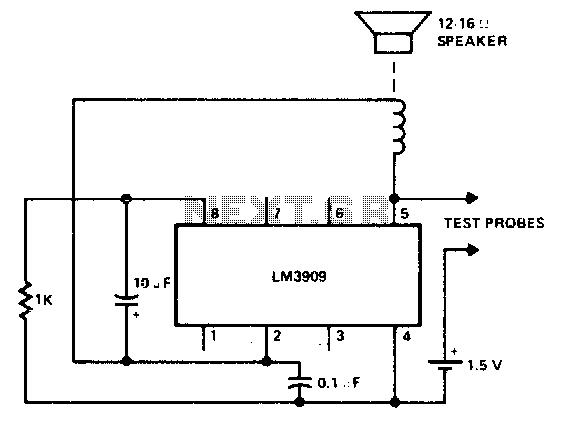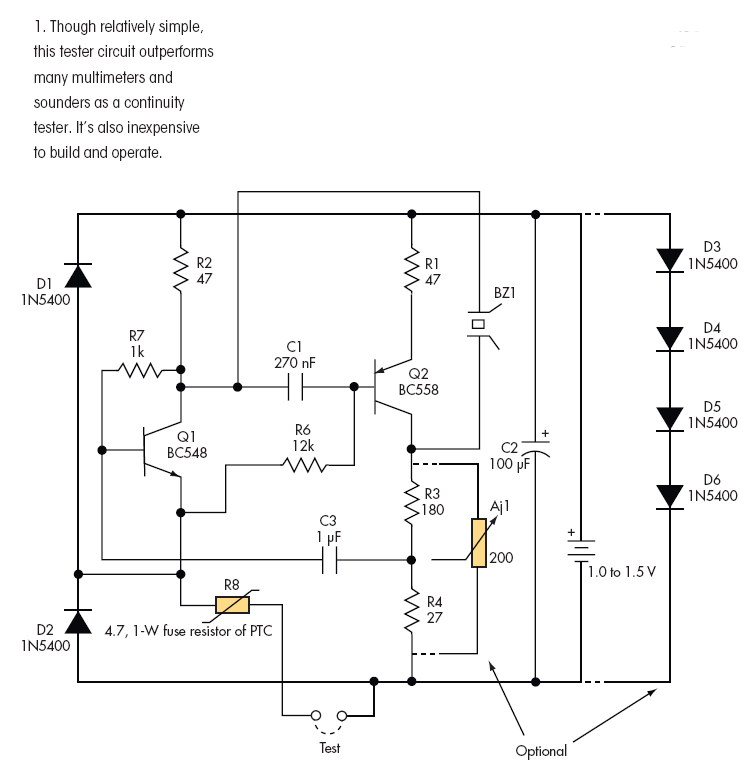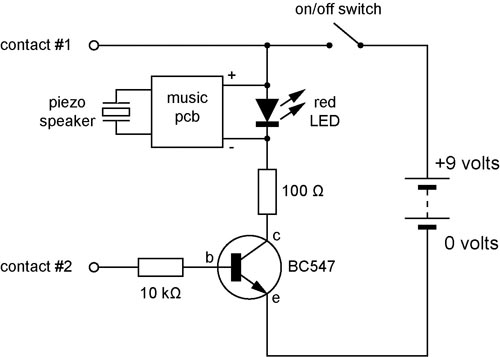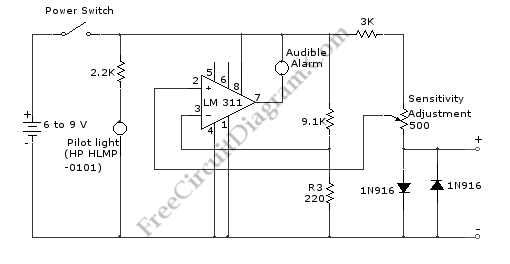
Continuity TesterCircuit

Having reliable connections is essential not only in daily life but also in electronics. Unlike social connections, the dependability of electrical contacts is crucial for the proper functioning of electronic devices.
In the realm of electronics, the integrity of electrical contacts plays a pivotal role in circuit performance and reliability. Electrical contacts can be found in various components, including switches, connectors, and circuit boards. These contacts must maintain low resistance and ensure a stable connection to prevent issues such as signal degradation, excessive heat generation, or complete circuit failure.
To achieve reliable electrical contacts, several factors must be considered. The materials used for contacts should exhibit good conductivity, such as copper or gold, which can minimize resistance. Additionally, surface treatments or coatings may be employed to enhance corrosion resistance and improve the longevity of the contacts.
Proper design and layout of the circuit are also critical. This includes ensuring that contact points are adequately spaced to prevent short circuits, and that they are designed to withstand mechanical stress during operation. The use of appropriate soldering techniques or mechanical fastening methods can further enhance the reliability of the connections.
In summary, the importance of reliable electrical contacts cannot be overstated in the design and functionality of electronic circuits. Ensuring high-quality materials, appropriate design practices, and careful assembly will contribute significantly to the overall performance and durability of electronic devices.Having good contacts is important not only in your daily life, but also in electronics. In contrast to social contacts, the reliability of electrical co.. 🔗 External reference
In the realm of electronics, the integrity of electrical contacts plays a pivotal role in circuit performance and reliability. Electrical contacts can be found in various components, including switches, connectors, and circuit boards. These contacts must maintain low resistance and ensure a stable connection to prevent issues such as signal degradation, excessive heat generation, or complete circuit failure.
To achieve reliable electrical contacts, several factors must be considered. The materials used for contacts should exhibit good conductivity, such as copper or gold, which can minimize resistance. Additionally, surface treatments or coatings may be employed to enhance corrosion resistance and improve the longevity of the contacts.
Proper design and layout of the circuit are also critical. This includes ensuring that contact points are adequately spaced to prevent short circuits, and that they are designed to withstand mechanical stress during operation. The use of appropriate soldering techniques or mechanical fastening methods can further enhance the reliability of the connections.
In summary, the importance of reliable electrical contacts cannot be overstated in the design and functionality of electronic circuits. Ensuring high-quality materials, appropriate design practices, and careful assembly will contribute significantly to the overall performance and durability of electronic devices.Having good contacts is important not only in your daily life, but also in electronics. In contrast to social contacts, the reliability of electrical co.. 🔗 External reference





